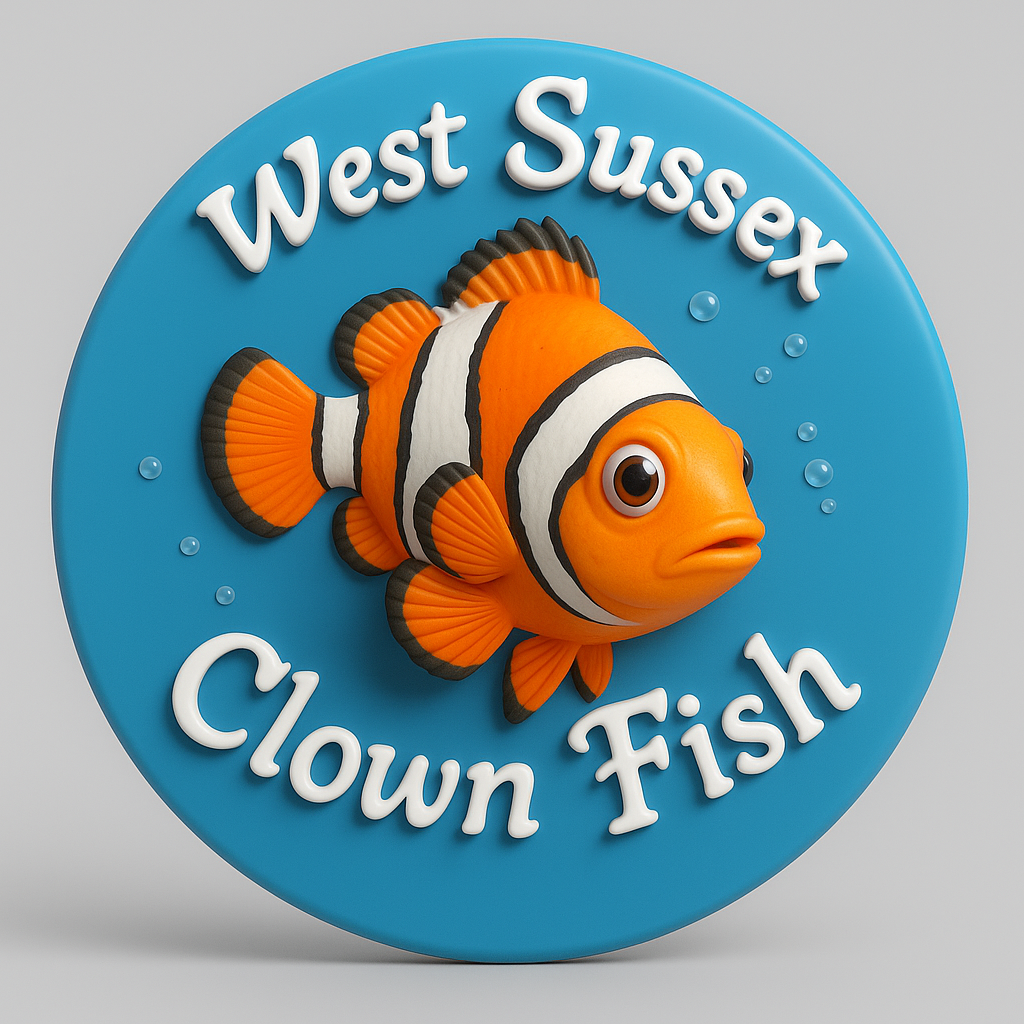🧡 Introduction: The Art of Clownfish Care:
Clownfish aren’t just beloved for their vibrant colours and playful personalities—they’re aquatic companions that thrive when their environment is stable, engaging, and species-aware. Whether you're caring for a classic Amphiprion ocellaris or showcasing designer varieties like Black Ice or Picasso, successful clownfish care blends observation with consistency.
This guide offers a clear and practical roadmap to meeting the needs of solo swimmers and bonded pairs alike. From water chemistry and tank mates to feeding rituals and behavioral quirks, each section is designed to help you cultivate a thriving marine habitat where clownfish don’t just survive—they flourish.
Think of this less as a manual and more as a partnership: you bring the dedication, and they bring the charm.
🐠 Clownfish Care Guidance Instructions
Supporting ethical ownership & marine stewardship
We are dedicated to the long-term health of your clownfish. This guide outlines essential steps to ensure your fish thrive in their new home.
1. Preparing the Aquarium 🧊
- Tank Size: Minimum of 20 gallons for a pair
- Filtration & Flow: Reliable filter and moderate water movement
- Water Parameters:
- Temperature: 24–27°C (75–81ºF)
- Salinity: 1.020–1.025 SG
- pH: 8.1–8.4
- Ammonia/Nitrite: 0 ppm
- Nitrate: < 20 ppm
2. Cycling the Tank 🔁
- Complete the nitrogen cycle before adding fish
- Use test kits to confirm safe water levels
- Support with live rock or beneficial bacteria
3. Feeding & Nutrition 🍤
- Offer a varied diet:
- Marine pellets/flakes
- Brine shrimp, mysis shrimp (frozen or live)
- Frequency: 1–2 small meals per day
- Remove leftovers to prevent water pollution
4. Acclimation on Arrival 🛬
- Float sealed bag in tank for 15–20 minutes
- Slowly add tank water every 5 minutes for 30–45 minutes
- Use a net to transfer fish — do not pour transport water into the tank
5. Monitoring Health 🩺
- Healthy signs: active swimming, bright coloration, regular feeding
- Watch for stress:
- Rapid breathing
- Faded colour
- Clamped fins
- Unusual swimming
- Quarantine new fish for 2–4 weeks in a separate tank
6. Ethical Ownership 🌍
- Never release clownfish into the wild
- Keep only peaceful, compatible tank mates
- Plan for long-term care — clownfish can live over 10 years in captivity
7. Need Help? 📞
If you have questions about care, setup, or fish behaviour, we’re here to help:
Email: wsclownfish@gmail.com
Phone: UK-07301 204590
